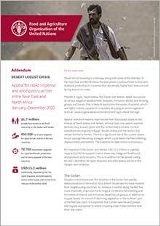Publications
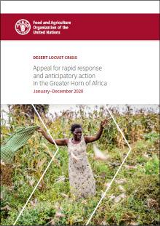
Desert Locust crisis: Appeal for rapid response and anticipatory action in the Greater Horn of Africa January–December 2020
02/2020
The worst desert locust outbreak in decades is underway in the Greater Horn of Africa, where tens of thousands of hectares of cropland and pasture have been damaged in Djibouti, Eritrea, Ethiopia, Kenya, Somalia, South Sudan, Uganda and the United Republic of Tanzania, with potentially severe consequences for agriculture-based livelihoods in contexts where food security is already fragile.
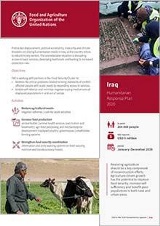
Iraq: Humanitarian Response Plan 2020
02/2020
Protracted displacement, political uncertainty, insecurity and climate disasters are driving humanitarian needs in Iraq, as the country strives to rebuild its key sectors. The unpredictable situation is disrupting access to basic services, destroying livelihoods and leading to increased protection risks. Restoring agriculture should be a key component of reconstruction efforts.

Haiti: Humanitarian Response Plan 2019–2020
02/2020
Throughout 2019, Haiti was marked by major natural disasters that add to the effects of those experienced during the past ten years, the cholera epidemic, and the deteriorating socio-political and economic situation.
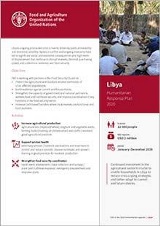
Libya: Humanitarian Response Plan 2020
02/2020
Libya’s ongoing protracted crisis is driven by political instability and economic volatility. Spikes in conflict and ongoing insecurity have led to significant social and economic consequences and high levels of displacement that disrupt markets, limit purchasing power, and undermine resilience and food security.

Yemen: Humanitarian Response Plan 2020
02/2020
Five years of unrelenting conflict and a severe economic decline in Yemen have deepened humanitarian needs. Millions of Yemenis endure the consequences of the protracted conflict amplified by hunger and disease outbreaks, which continue to threaten lives and livelihoods.
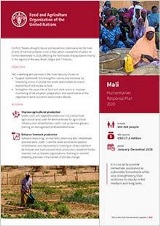
Mali: Humanitarian Response Plan 2020
02/2020
Conflict, floods, drought, locust and epidemics continue to be the main drivers of the humanitarian crisis in Mali, which caused the situation to further deteriorate in 2019, affecting the livelihoods of populations mainly in the regions of Menaka, Mopti, Ségou and Timbuktu.
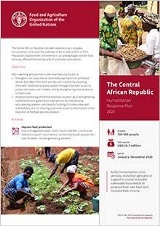
Central African Republic: Humanitarian Response Plan 2020
02/2020
The Central African Republic has been experiencing a complex humanitarian crisis since the outbreak of the armed conflict in 2013. Population displacement and violence in an already fragile context have seriously affected the food security of vulnerable populations.
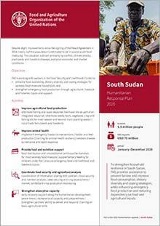
South Sudan: Humanitarian Response Plan 2020
02/2020
A combination of severe flooding, dry spells, insecurity, disease and pests, the economic crisis, the effects of COVID-19, limited access to basic services and the cumulative effects of prolonged asset depletion and loss of livelihoods continues to drive food insecurity across South Sudan.
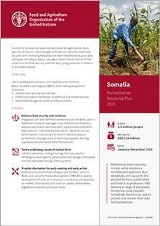
Somalia: Humanitarian Response Plan 2020
02/2020
Since 2016, Somalia has faced climate shocks for eight back-to-back agricultural seasons. From drought to floods and cyclones, these have been increasingly frequent and exacerbated by plant pest outbreaks, including a recent and serious upsurge in desert locusts. This all further undermines the food security, nutrition and coping capacities of millions of already vulnerable people.
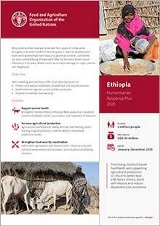
Ethiopia: Humanitarian Response Plan 2020
02/2020
More than 80 percent of people in Ethiopia rely on agriculture and livestock for their livelihoods. Yet increasing climate disasters, poor rainfall and plant pest outbreaks have left rural communities highly vulnerable to food insecurity.
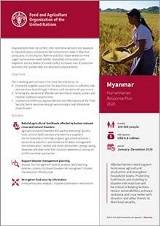
Myanmar: Humanitarian Response Plan 2020
02/2020
Displacement driven by conflict, inter-communal tensions and exposure to natural disasters characterize the humanitarian needs in Myanmar, particularly in Chin, Kachin, Rakhine and Shan states, where the most urgent humanitarian needs are felt. Intensified militarization and migration, and escalation of armed conflict increased risks of protection violations and sparked new and secondary displacements.
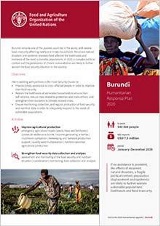
Burundi: Humanitarian Response Plan 2020
02/2020
Burundi remains one of the poorest countries in the world, with severe food insecurity affecting nearly one in two households. Recurrent natural disasters and epidemic diseases have affected the livelihoods and resilience of the most vulnerable populations.

Democratic People's Republic of Korea: Humanitarian Response Plan 2020
02/2020
Lengthy dry spells, floods and typhoons are driving crop yield losses and reducing the availability of food.
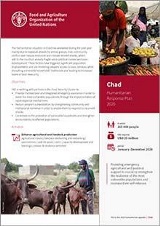
Chad: Humanitarian Response Plan 2020
02/2020
The humanitarian situation in Chad has worsened during the past year mainly due to repeated attacks by armed groups, inter-community conflict over natural resources and climate-related shocks,

Cameroon: Humanitarian Response Plan 2020
02/2020
Cameroon remains affected by three major crises, namely the Boko Haram insurgency in the Far North, the Central African refugees in the eastern part of the country, and the crisis in the North-West and South-West regions.

Burkina Faso: Humanitarian Response Plan 2020
02/2020
The deterioration of the security situation in the Centre-North, East, North, Boucle of Mouhoun and Sahel regions in Burkina Faso has led to an unprecedented humanitarian crisis with an exponential increase in the number of internally displaced persons (IDPs) throughout 2019.

The Niger: Humanitarian Response Plan 2020
02/2020
The Niger faces multiple shocks such as increased insecurity, drought, floods and epidemic diseases, which add to the country’s underdevelopment
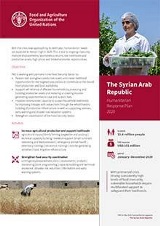
Syrian Arab Republic: Humanitarian Response Plan 2020
02/2020
With the crisis now approaching its tenth year, humanitarian needs are expected to remain high in 2020. This is due to ongoing insecurity, multiple displacements, spontaneous returns, lost livelihoods and productive assets, high prices and limited economic opportunities.
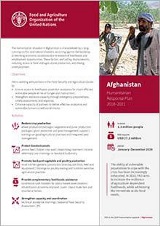
Afghanistan: Humanitarian Response Plan 2020
02/2020
The humanitarian situation in Afghanistan is characterized by a long running conflict and increasing natural disasters, occurring in the backdrop of declining economic conditions due to erosion of livelihoods and employment opportunities.

